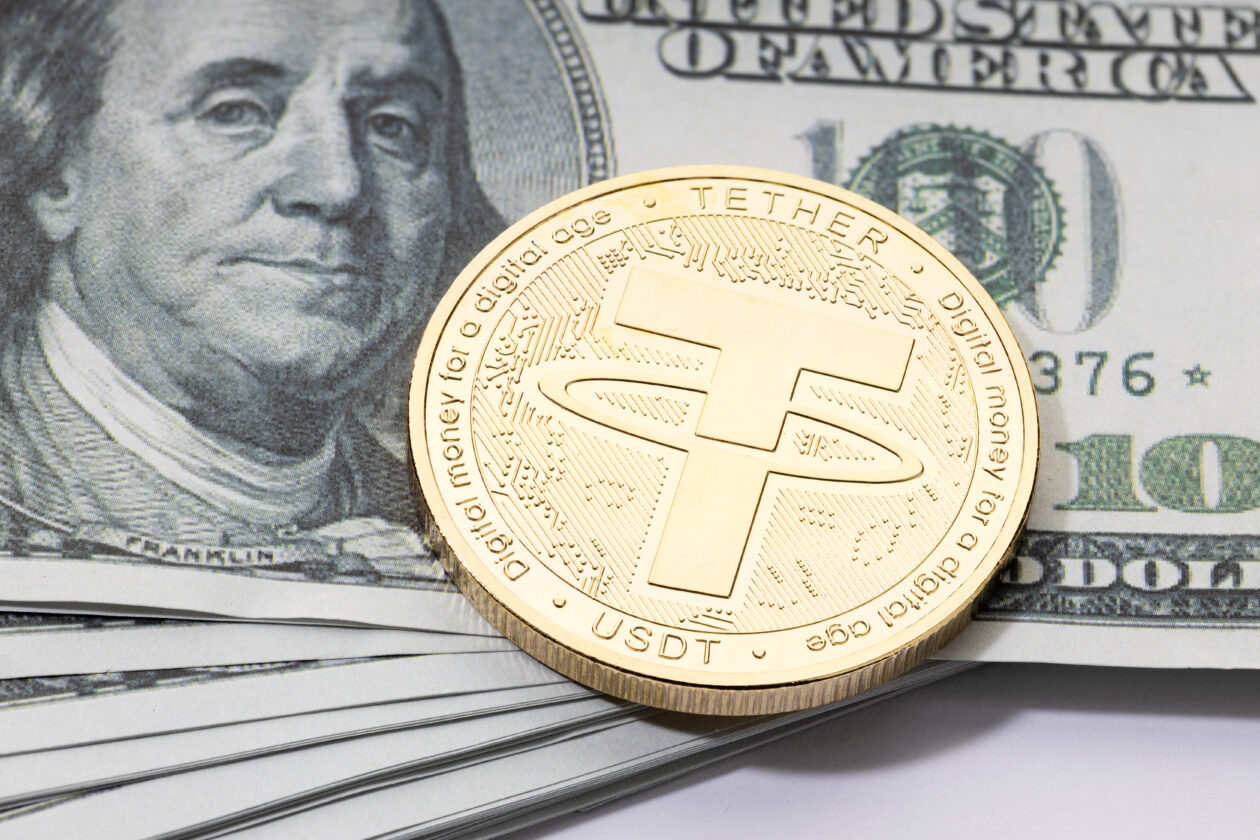Tether Holdings Limited, the issuer of stablecoin USDT, released its consolidated reserves report for the second quarter of 2023 on Monday, showing consolidated assets of at least US$86.5 billion against total liabilities of US$83.2 billion. In the first quarter, Tether had US$81.8 billion in consolidated total assets, with the majority in U.S. Treasury bills.
See related article: Is Tether unmoored — or just dandy?
Fast facts
- Tether’s Q2 consolidated reserves report, a financial report attested by accounting firm BDO that explains what the company owns and owes, claimed that 85% of Tether’s reserves are in cash and cash equivalents. Tether’s said its reserves aim to provide further cushion for its tokens, such as the USDT, the world’s largest stablecoin.
- Tether reported an increase of approximately US$850 million in excess reserves, totaling around US$3.3 billion as of June 30, the quarter’s close.
- “Excess reserves are the company’s own profits — not distributed to shareholders — and which the company has decided to keep on top of the 100% reserves that Tether maintains to back all the outstanding tokens,” Tether said in the statement.
- The report showed Tether’s US$72.5 billion exposure to government securities in the form of direct holdings of U.S. Treasuries and indirect holdings through Money Market Funds, which are mutual funds investing in short-term debt instruments.
- The firm saw a 30% quarter-over-quarter increase in operation profits, earning over US$1 billion from April to June.
- The company also announced a share buyback amounting to US$115 million, and other investments in energy-related initiatives financed from the profits of this quarter.
- Tether was ordered to issue quarterly consolidated reserve reports by the New York State Attorney General in February 2021 as part of a US$18.5 million settlement. The attorney general investigated whether the firm covered up a US$850 million loss in funds. No wrongdoing was admitted by Tether.
See related article: Are stablecoins like Tether ready for regulatory scrutiny?






